Kate Millett, Ground-Breaking Feminist Writer, Is Dead at 82
The New York Times
By Parul Sehgal and Neil Genzlinger
Sept. 6, 2017
Kate Millett’s first and most famous book, “Sexual Politics” (1970), is credited with inciting a Copernican revolution in the understanding of gender roles, but it began life somewhat unobtrusively, as a doctoral thesis. And its author was a somewhat reluctant standard-bearer for the new feminism.
Ms. Millett, who died on Wednesday in Paris at 82, was freshly out of a job, fired from her teaching position at Barnard College for her role in organizing student protests in 1968, and she worked furiously to develop her arguments into a book. She passed with distinction (although one adviser complained that reading her work was like “sitting with your testicles in a nutcracker”), and the book, published by Doubleday, became a sensation.
“Sexual Politics” sold 10,000 copies in a fortnight. Time magazine called Ms. Millett “the Mao Tse-tung of Women’s Liberation” and featured her on the cover, with a portrait by Alice Neel. Along with Ti-Grace Atkinson and Shulamith Firestone, she became a defining architect of second-wave feminism.
“Sexual Politics” combined literary criticism, historical analysis and passionate polemic. In close readings of writers like D. H. Lawrence and Henry Miller — the so-called champions of sexual liberation — Ms. Millett traced contempt and outright hatred of women.
Freud’s theory of “penis envy” came in for withering critique; so too did Norman Mailer and his anxious regard for masculinity. (“Precarious spiritual capital in need of endless replenishment and threatened on every side,” Ms. Millett called it.)
Some of her targets fired back. Mailer lampooned her in “The Prisoner of Sex” as “the Battling Annie of some new prudery.”
The “Sexual Politics” project, Ms. Millett told Time, “got bigger and bigger until I was almost making a political philosophy.” From depictions of the sexes in literature, she examined how women were socialized to accept, even defend, their lower status in society, a process she called “interior colonization.”
“It is interesting,” she wrote in “Sexual Politics,” “that many women do not recognize themselves as discriminated against; no better proof could be found of the totality of their conditioning.”
She examined how patriarchy had been developed and then defended, by law, medicine, science, schools.
“Patriarchy’s chief institution is the family,” she wrote. “It is both a mirror of and a connection with the larger society; a patriarchal unit within a patriarchal whole.”
She added: “As the fundamental instrument and the foundation unit of patriarchal society, the family and its roles are prototypical. Serving as an agent of the larger society, the family not only encourages its own members to adjust and conform, but acts as a unit in the government of the patriarchal state, which rules its citizens through its family heads.”
The New York Times called the book “the Bible of Women’s Liberation” and “a remarkable document because it analyzes the need and nature of sexual liberation while itself displaying the virtues of intellectual and emotional openness and lovingness.”
But it was also met with fierce criticism, notably by Irving Howe, who, in Harper’s Magazine, described it as “a figment of the Zeitgeist, bearing the rough and careless marks of what is called higher education and exhibiting a talent for the delivery of gross simplicities in tones of leaden complexity.”
The book displayed such scant interest in children, he wrote, that “there are times when one feels the book was written by a female impersonator.”
Ms. Millett died while on vacation with her spouse, Sophie Keir, with whom she had had a relationship of many years; they recently married. Ms. Keir said by email that the cause was cardiac arrest. The two had been going to Paris annually to celebrate their birthdays, she said, adding that Ms. Millett had had long ties to the women’s movement in France.
Ms. Millett was an artist as well as a writer and had established an art colony at a farm in LaGrange, N.Y., splitting time between that home and an apartment on the Lower East Side of Manhattan.
Besides Ms. Keir, she is survived by two sisters, Sally Millett Rau and Mallory Millett Danaher.
Ms. Millett was born on Sept. 14, 1934, in St. Paul. Her mother, the former Helen Feely, sold insurance to support the family after her father, James, had left.
Ms. Millett graduated from the University of Minnesota in 1956 and then went to Oxford. She pursued her art career in Japan and New York, and married the Japanese sculptor Fumio Yoshimura in 1965. (They divorced in 1985.)
The attention that came with “Sexual Politics” was not something she adjusted to easily.
“Kate achieved great fame and celebrity, but she was never comfortable as a public figure,” Eleanor Pam, another leading feminist, said by email. “She was preternaturally shy. Still, she inspired generations of girls and women who read her words, heard her words and understood her words.”
The success of the book provoked a backlash among feminists that Ms. Millett found devastating. She came out as a lesbian the year the book was published, but lesbians in the feminist movement denounced her for not coming out sooner.
The personal stayed political for Ms. Millett, who in later years would write memoirs about her career and sudden fame (“Flying”, 1974), her sexuality (“Sita,” 1977), her mental health (“The Loony Bin Trip,” 1990) and her relationship with her mother (“Mother Millett,” 2001).
But her reputation and footing in the world were never secure. “Sexual Politics” stayed out of print for years. In 1998, she wrote an essay in The Guardian titled “The Feminist Time Forgot.” She described her difficulty finding work and the suicides of other prominent feminists of the time. We “haven’t been able to build solidly enough to have created community or safety,” she wrote.
Since the publication of a new edition of “Sexual Politics” last year, there has been renewed appreciation for Ms. Millett and how her work has shaped cultural studies and criticism.
“Her book exploded the tidy conceit in which I had been schooled: that literary criticism and social politics were things apart from one another,” Rebecca Mead wrote in an afterword to the new edition.
Writers like Rebecca Solnit and Maggie Doherty have shown how debates about the sexist depictions of characters owe much to Ms. Millett’s thinking.
“‘Sexual Politics’ may have its intellectual and political flaws, like any text that documents a way of thinking proper to the past,” Ms. Doherty wrote in The New Republic last year. “But what Millett’s work showed were the ways that political action and cultural expression interpenetrate. Both sites of struggle were necessary to bringing about the ‘altered consciousness’ that, for Millett, would mark a sexual revolution and bring ‘a world we can bear out of the desert we inhabit.’
“We’re not out of this desert yet; in some ways we are more lost than ever,” Ms. Doherty continued. “But culture, Millett taught us, may help us find our way to a better land.”
Gloria Steinem said that Ms. Millett and “Sexual Politics” had sounded a call.
“Kate was brilliant, deep, and uncompromising,” she said in an email. “She wrote about the politics of male dominance, of owning women’s bodies as the means of reproduction, and made readers see this as basic to hierarchies of race and class. She was not just talking about unequal pay, but about woman-hatred in the highest places and among the most admired intellectuals. As Andrea Dworkin said, ‘The world was asleep, but Kate Millett woke it up.’ ”
Daniel E. Slotnik contributed reporting.
ADVERTISEMENT
BY
Looking for more information?
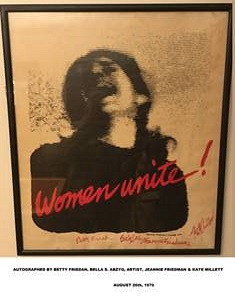
 Amanda S. Stevenson
Amanda S. Stevenson 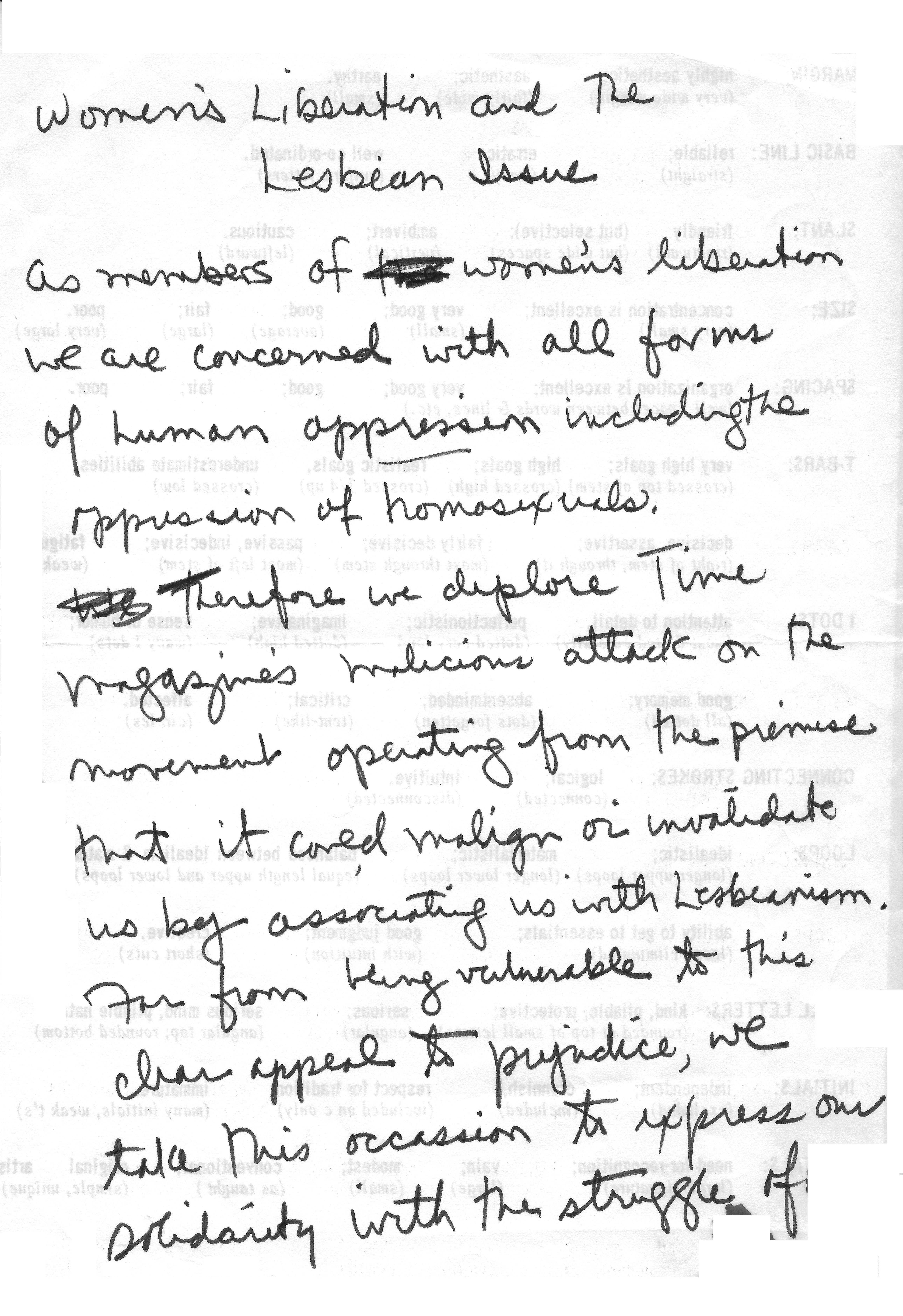
 Amanda S. Stevenson
Amanda S. Stevenson 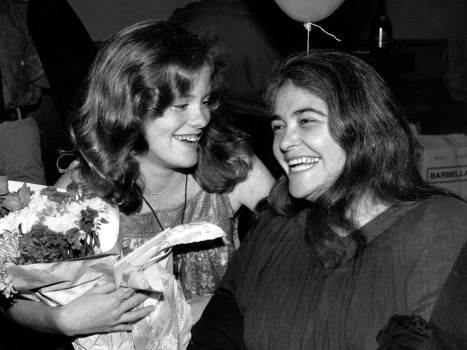
 Amanda S. Stevenson
Amanda S. Stevenson 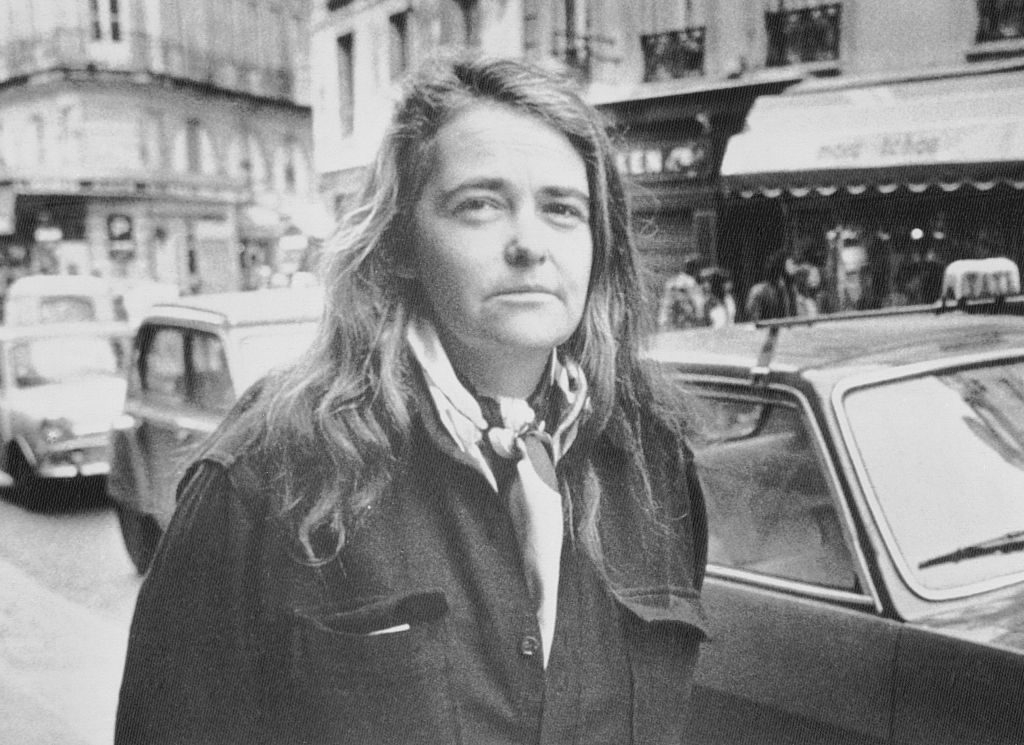
 Amanda S. Stevenson
Amanda S. Stevenson 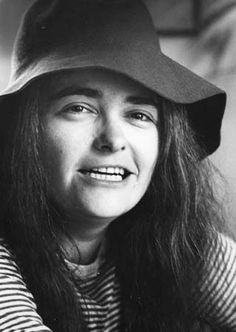
 Amanda S. Stevenson
Amanda S. Stevenson 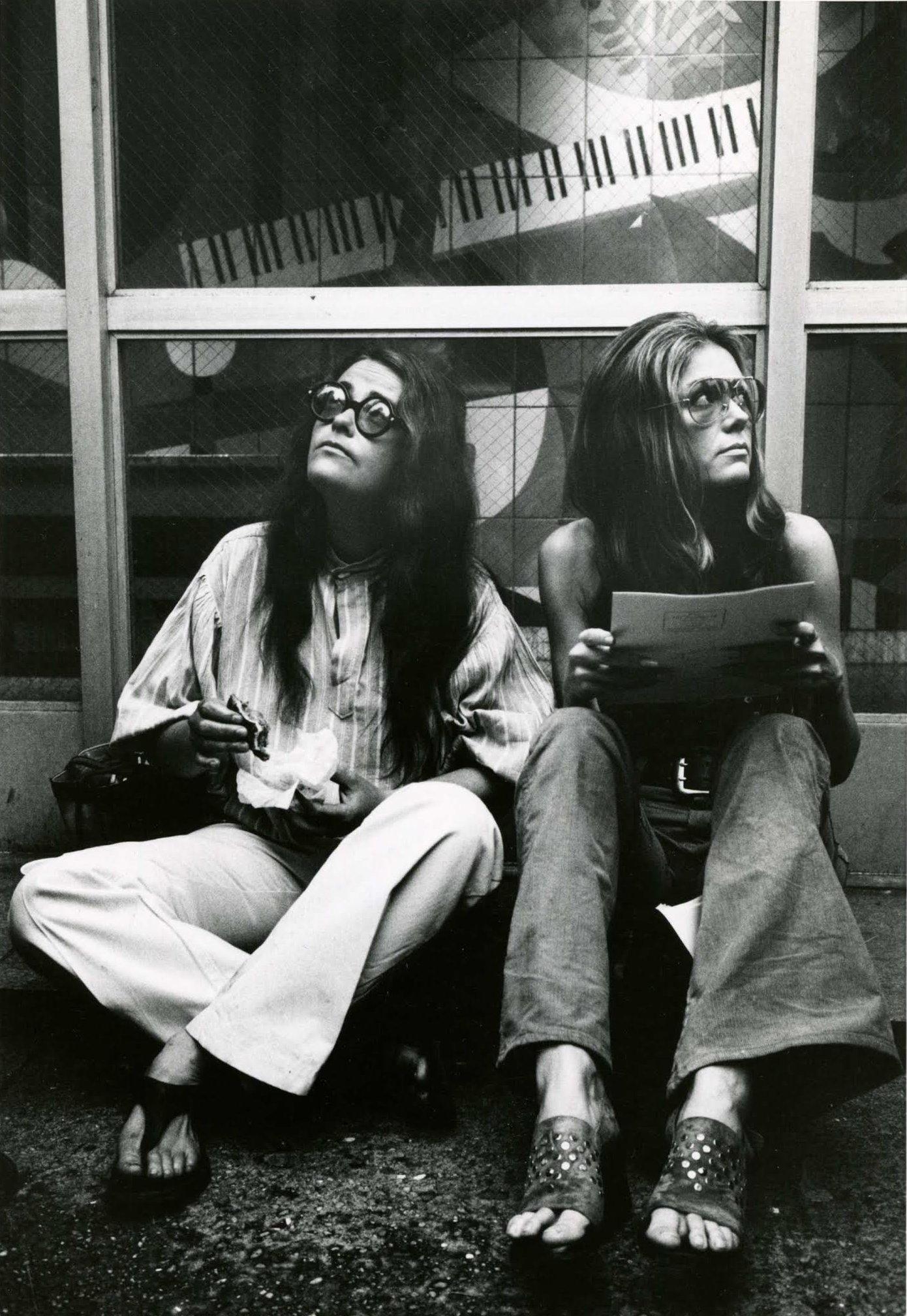
 Amanda S. Stevenson
Amanda S. Stevenson  Amanda S. Stevenson
Amanda S. Stevenson 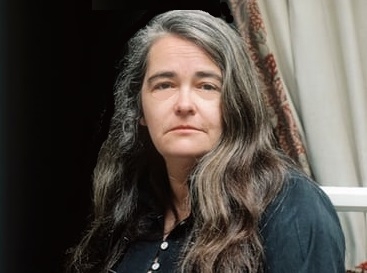
 Amanda S. Stevenson
Amanda S. Stevenson 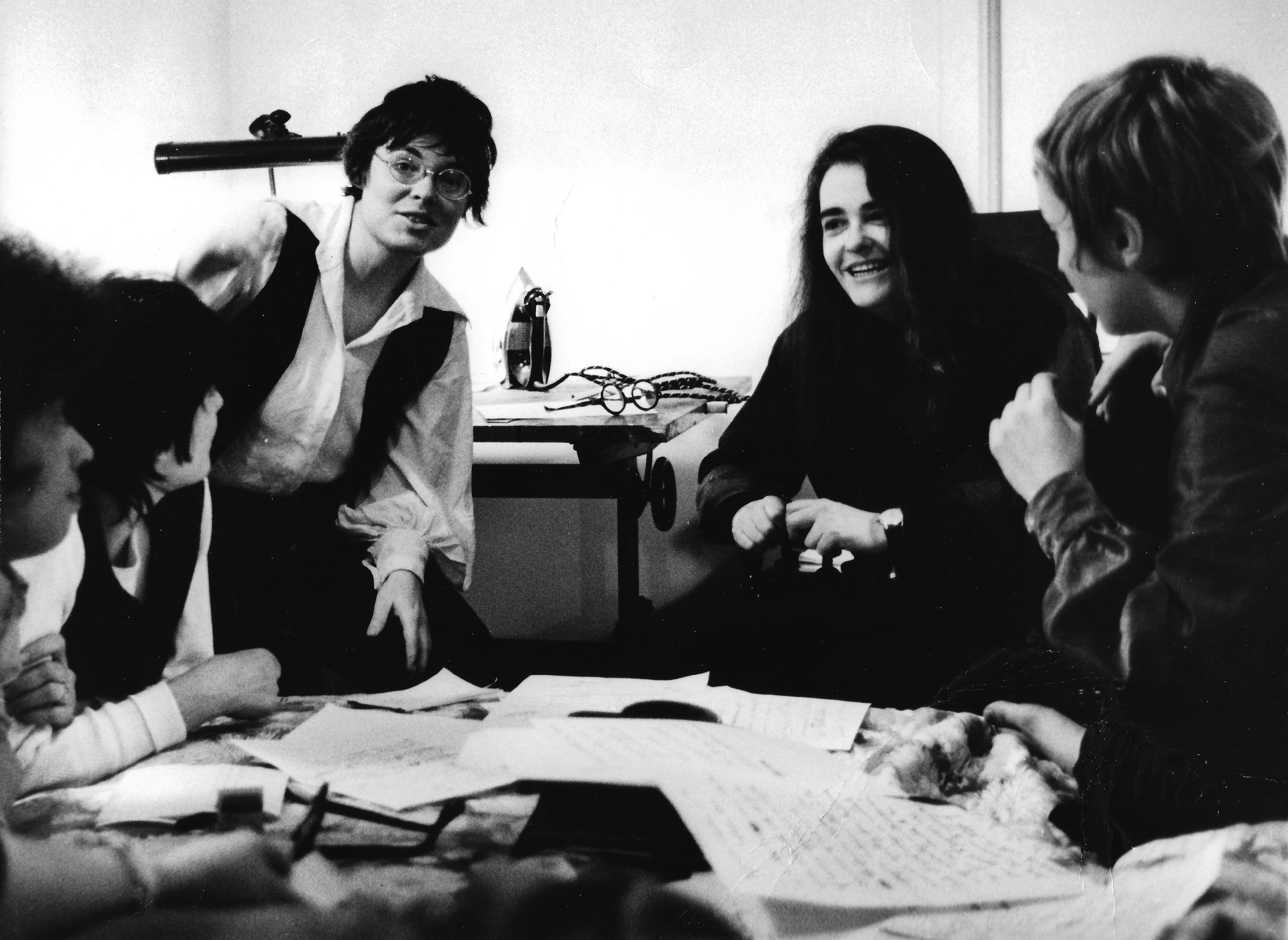
 Amanda S. Stevenson
Amanda S. Stevenson 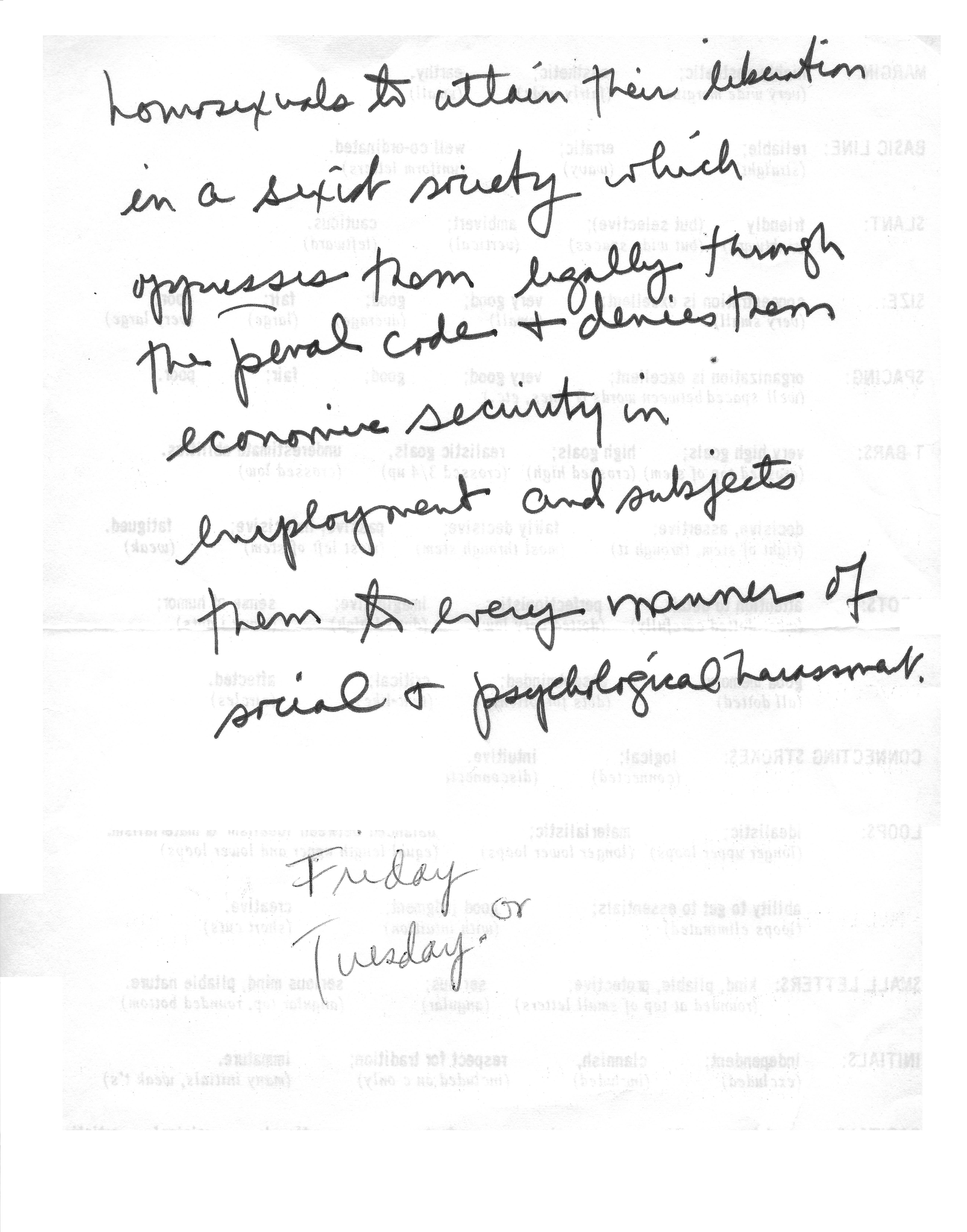
 Amanda S. Stevenson
Amanda S. Stevenson 
 Amanda S. Stevenson
Amanda S. Stevenson 